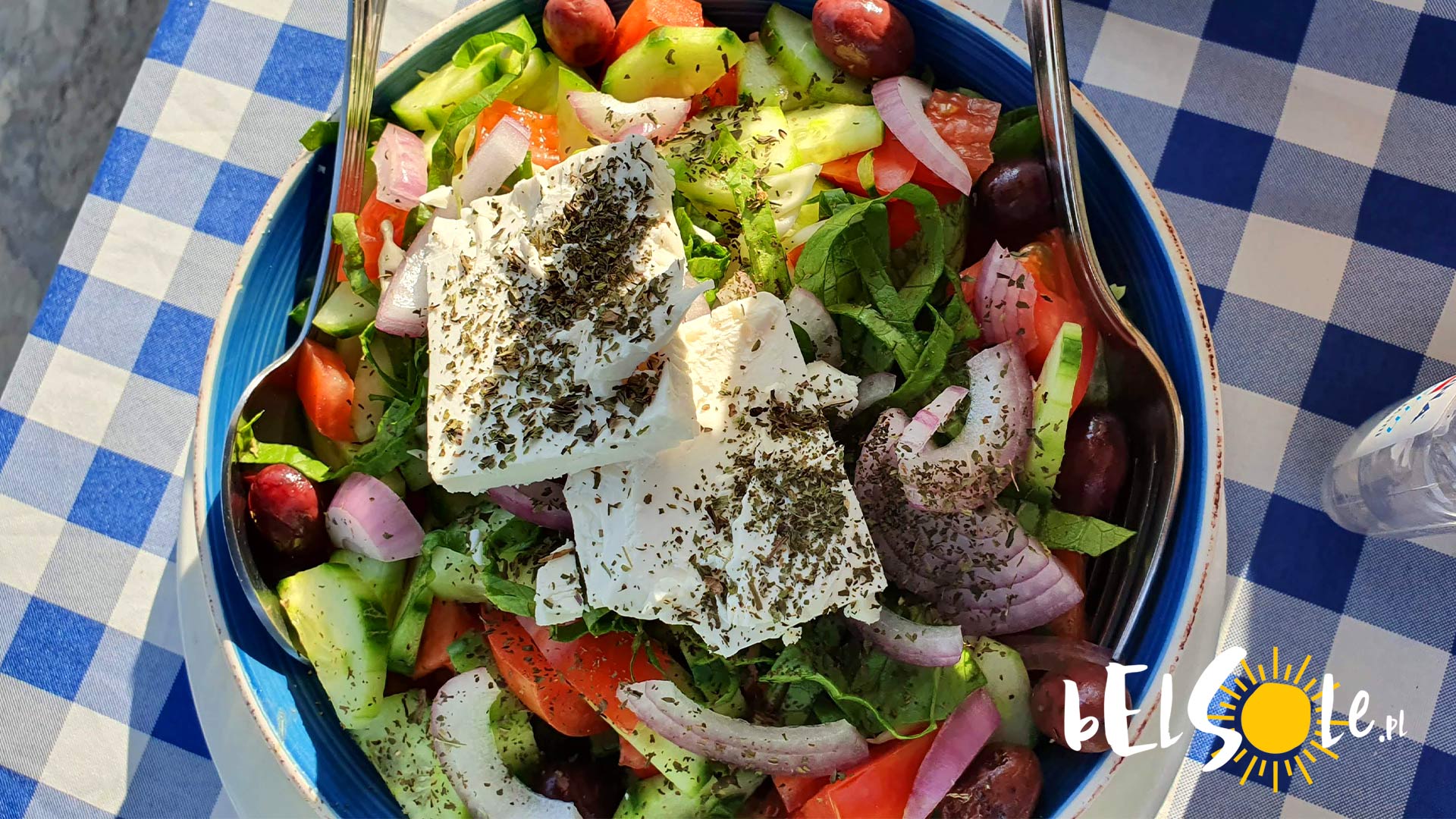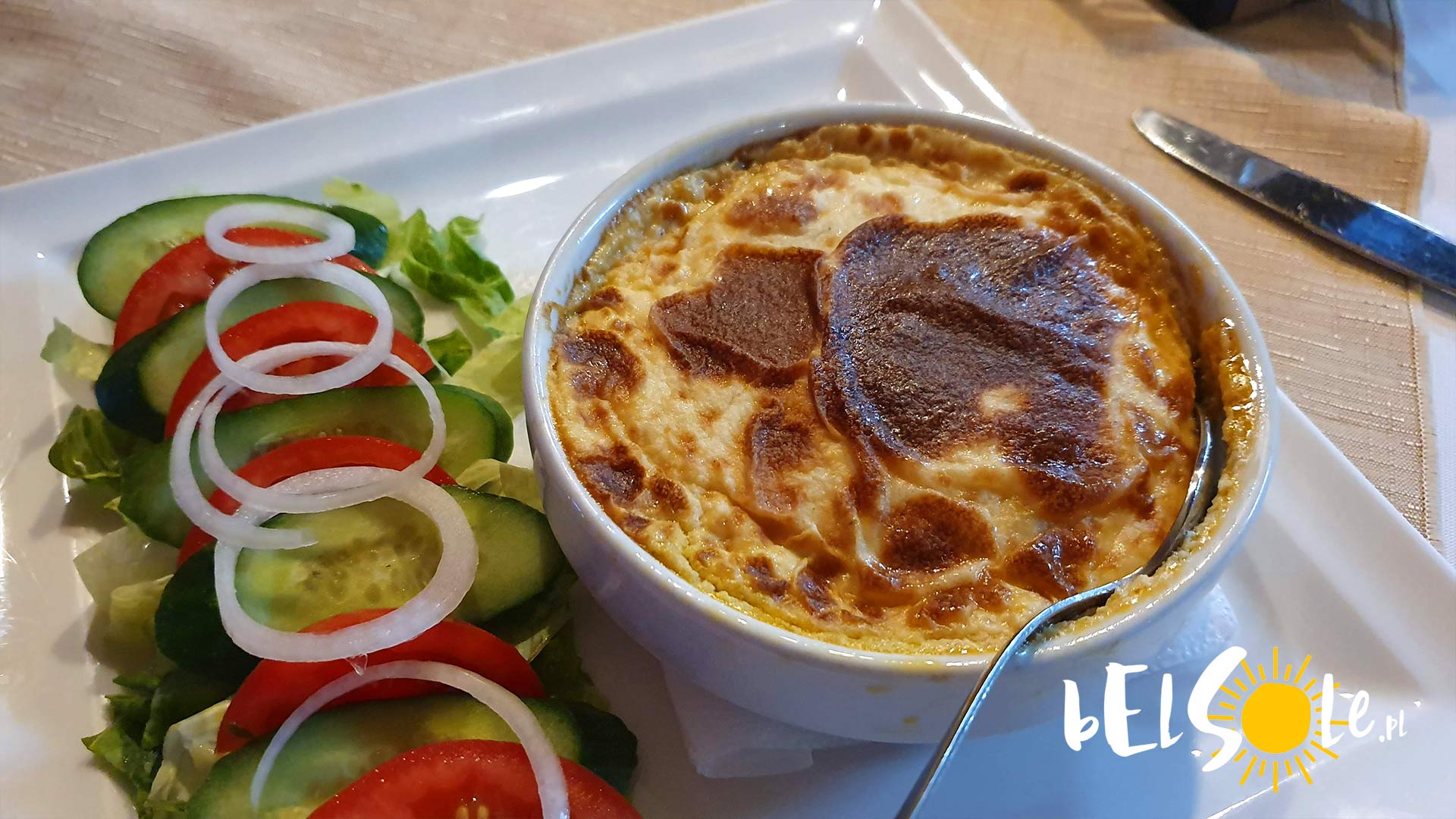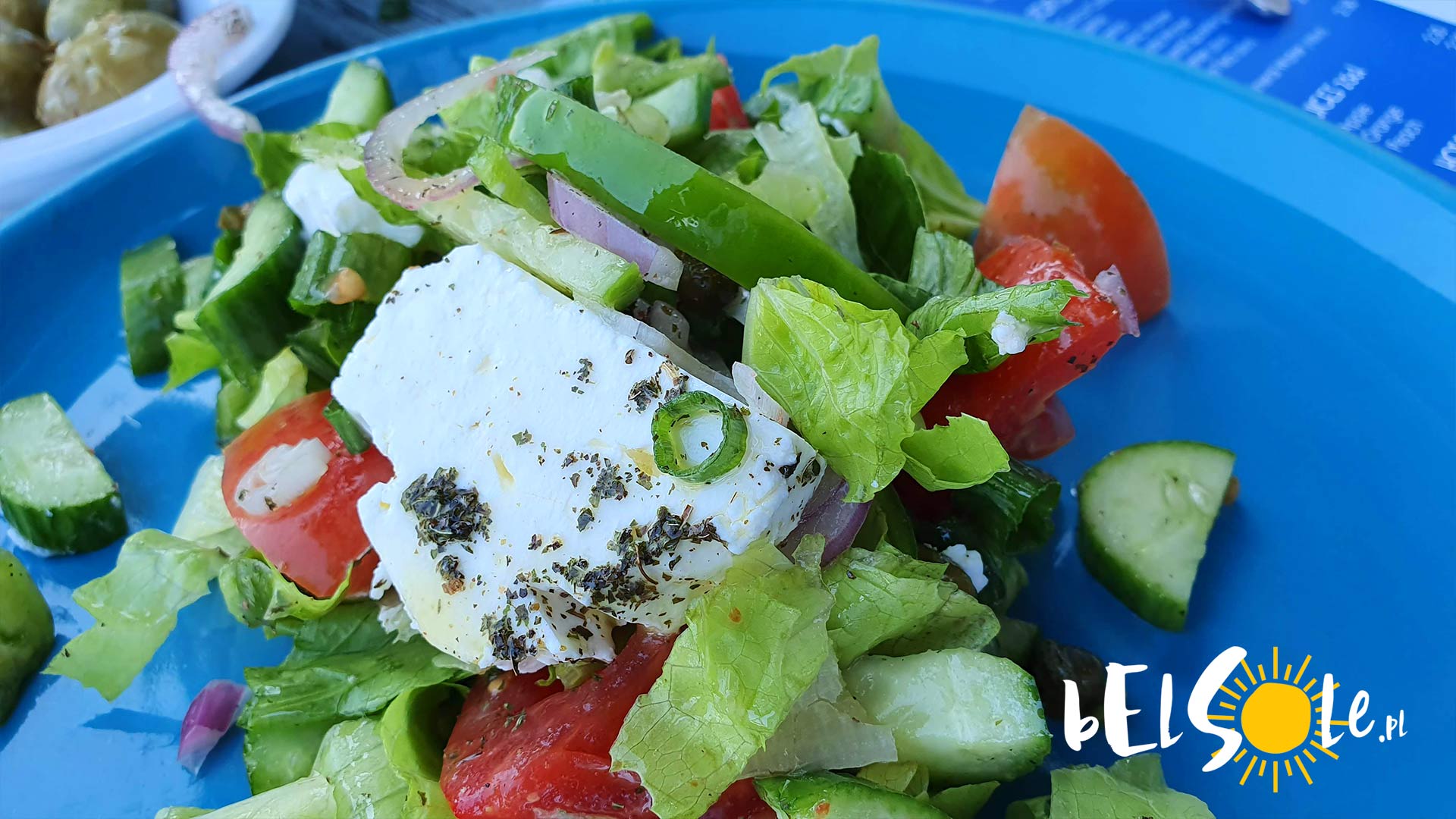Unsurprisingly, the cuisine of Cyprus is very similar to that of Greece. Thankfully, there’s a few unique gems too. Halloumi, feta, fresh vegetables, lamb and fish are just the base of the cuisine of Cyprus. What should you try? How similar is it to Greek and Turkish cuisines? All of that and more in today’s look at Cypriot cuisine.
Ordering food in Cyprus
A word of introduction before we begin – if you don’t like to overeat, beware, as portions in restaurants tend to be very large. This can be felt especially strongly in the hottest season, where we actually recommend a set of starters for when you’re not too hungry. This can take the form of, for instance: Halloumi, Cypriot Salad, sets of dips, tzatziki, hummus and tahini or dolmades. You’ll find that you can genuinely just roll with that and be fine for a half-meal. Still, for when you’re in the mood for the big boys, here’s the cuisine of Cyprus.
Stifado
Stifado stew is a classic among Cypriots, brought over by the Venetian fleet in the 13th century. The Greek version is pretty much identical to this one. It consists of meat, onions, wine, tomatoes, butter and spices. The most popular version of Stifado is based on rabbit meat and lots of onions. It’s prepared in a small cauldron and is best enjoyed with a glass of Commandaria.
Mezze
This is the Greek/Cypriot version of the tasting menu from before the tasting menu became a thing. The name Meze itself comes from Persian and means snack. In Cyprus, Mezze is very similar to the Greek version, i.e. the base is usually a choice of whether you want meat or fish (and sometimes there’s also vegetarian Mezze).
Groups of dishes that make up the Mezze are served in 3s or even 5s at a time. The whole lunch takes a little longer than a regular meal, so we recommend Mezze alone for dinner, as it’s usually quite a large meal.
When ordering Mezze in Cyprus, be prepared that it should be ordered by at least 2 people. The price per person oscillates from around €18. You can always opt for sacrifices elsewhere, like drinking tap water! 🙂
Souvlaki/Sheftalia
Wyświetl ten post na Instagramie.
Souvlaki is a Greek term, Sheftalia is another name for it also used in Cyprus. It’s a minced meat skewer, usually pork or lamb, with onions and parsley. Unlike the Greek version, it’s cut into larger pieces and placed in a pita instead. Vegetables are also added with yoghurt, tzatziki and sliced lemons.
Don’t expect to get lettuce with this dish – it is not a traditional accompaniment.
Moussaka
The most popular version of this dish was introduced by chef Nikolaos Tselementes in the 1920s. It consists of 3 layers.
Moussaka is based on aubergine, minced meat and béchamel sauce. It is a popular dish not only in Cyprus, but also in the Middle East and, of course, in Greece. You can also try different versions of Moussaka in the Balkans from Albania to Romania.
Koupepia/Dolmades
Wyświetl ten post na Instagramie.
These famous Cypriot ‘cabbage’ rolls are one of the most popular dishes in Cyprus. They’re filled with rice, herbs and sometimes meat and covered in grape leaves. Sometimes they’re also cooked in a tomato sauce or just served cold as a part of Mezze with olive oil.
In Greece they are called Dolmades and look almost identical to the Cypriot ones.
Kleftiko
This Greek/Cypriot stew is one of the key Mediterranean dishes to try in Cyprus. It uses pretty much everything the Cypriot region is rich in. Firstly, the base is vegetables, olive oil, wine, cereals and meats, such as lamb, or sometimes also fish.
If we wanted to explain what kleftiko is, it is freely translated as stolen meat. Legends have it that a thief stole a lamb from a farmer – he decided to prepare it over a very slow fire so that the smoke would not alarm the owner. As a result, the meat came out remarkably tender and delicate. Kleftiko takes up to four hours to make.
Halloumi
Traditional halloumi is made from unpasteurised sheep’s and goat’s milk. This salty sheep’s cheese is one of the most popular Cypriot delicacies. It is served in restaurants mainly grilled. It has a high melting point and is perfect for this. The name probably comes from the word cheese from Roman Egypt. Halloumi is indispensable in Cypriot cuisine.
It’s made according to a traditional recipe from the Medieval Byzantine times. It was once a delicacy of the Cypriot farmers and the main source of protein for their work. Apparently, Cypriots were jamming protein and pumping before we made it so hip today.
Cypriot/Greek salad
Otherwise known as Cypriot Village Salad. You may already be well familiar with the Greek salad, though the version you know may have been subject to a few modifications. The base of feta, tomatoes and lettuce sometimes gets olives and even celery added to it. It’s obligatory to pour olive oil over it and sprinkle it with dried oregano.
Lokmades
Wyświetl ten post na Instagramie.
Otherwise known as Lokma in Turkish – which means bite. It’s a typical, very sweet Greek baked good. The deep-fried dough is soaked in syrup, honey and topped with nuts. It is also commonly served at Christmas. The baked goods were described in the 13th century by al-Baghdadi as luqmat al-qādi, translating as ‘judge’s morsel’.
You can feel like a true Olympian eating Loukoumades, as it was a tradition to give them lokma as a gift for their performance.
Kolokasi
Taking its name from the Taro/Colocasia vegetable, it is also known as Colocasia Esculenta. It is served with tomato sauce, celery and sometimes beef. The dish can be compared to a stew.
Colocasia is very rich in carbohydrates and protein – just like halloumi, it was considered an ideal dish for hard-working farmers.
Baklava
Wyświetl ten post na Instagramie.
This famous pastry is made from slices of filo pastry with nuts and honey. The word Baklava probably comes from Turkish and from the Mongolian word bayla – to bind.
To this day, Greeks and Turks argue over who invented Baklava -frankly, we wish this was the only reason for their disagreements. To this day, it is difficult to determine the origin of the recipe; one of the older descriptions of De Agri Cultura from 160 BC does, however, point to Greece, describing a layered pastry with honey, thin patties of dough and cheese created right in Hellas.
See also:










